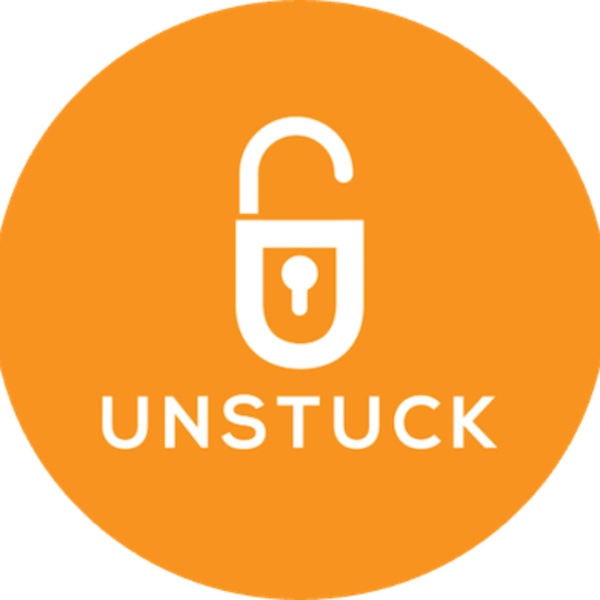- Get Your Week Unstuck
- Posts
- 4 Q's - Broken Transparency, Broken Agility
4 Q's - Broken Transparency, Broken Agility
Get your week Unstuck! 4 Q’s of agile inspiration.

Thanks for taking the time to read our weekly newsletter to help you get Unstuck! Check us out every week for your dose of agile inspiration. We’re striving to keep the content in our 4 Q’s brief and powerful so you can get a lot of impact from a little reading!
Quintessential Thought
A fundamental tenet of agility is transparency. In complex and unpredictable situations, maintaining a consistently clear view of reality is paramount to enabling the best possible decision-making.
While often overlooked, a critical aspect of transparency is defining its intended audience. In complex product development, transparency is primarily for those who will inspect the reality and make adaptations to foster success.
For instance, consider the use of a Sprint Burndown chart, which can make the remaining work transparent throughout the Sprint. This clarity is intended for the Scrum Team, who will inspect it and make adaptations in the Sprint to increase the likelihood of success.
At the other extreme, it's essential to recognize that demanding transparent information for individuals who aren't actively involved in adapting to the situation can break the transparency, leading to counterproductive outcomes, sometimes even resulting in we sometimes call "weaponized transparency." This creates a defensive atmosphere, where information is selectively shared, misguiding others and hindering the team's ability to effectively inspect and adapt.
When transparency breaks, agility breaks. As leaders, our role is to nurture and safeguard transparency for those directly engaged in the process of inspection and adaptation.
Quotes
“One man's transparency is another's humiliation.” - Gerry Adams
“We know where most of the creativity, the innovation, the stuff that drives productivity lies - in the minds of those closest to the work.” - Jack Welch
“Collaboration is a key part of the success of any organization, executed through a clearly defined vision and mission and based on transparency and constant communication.” - Dinesh Paliwal
Quick Step
Look at the information being made transparent in your product development. Select one example where the audience for the information doesn’t include people who can inspect or adapt it most effectively, and investigate alternatives.
Question
What is the cost of broken transparency for your teams, product, customers, and organization?
Want to chat? Reach out to [email protected] so we can help you get Unstuck!
Also, subscribe to our YouTube channel, follow us on Twitter, or connect with us on LinkedIn, where we’re posting content that goes beyond the ~200ish words we have in this newsletter.
